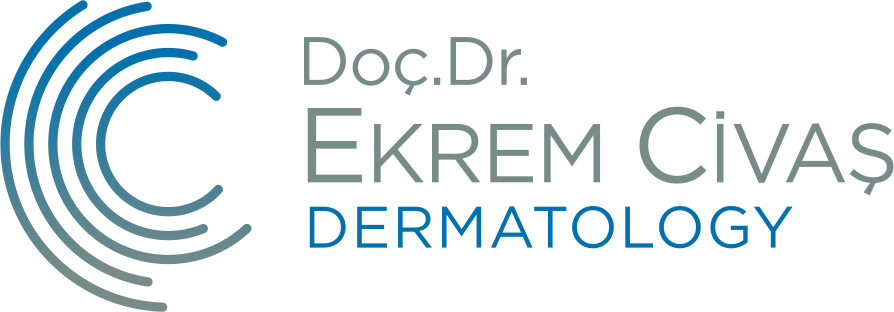Acne Treatment with Laser
Acne treatment with acne-plugged pores (black and white dots), red blisters, inflamed bumps and deep laser
is a skin disease with cysts. Common acne (Acne vulgaris) can usually be seen on the face, neck, chest, back, shoulders, and even above the arms. In adolescence, many people encounter acne to a certain extent. Acne can be seen in all age groups, most commonly in adolescence. Acne may be regressed without treatment over time, but it is useful to treat it because of the risk of scars.
Although acne is not a life-threatening disease, it may have a negative psychological impact on the patient.
What are the risks of acne or pimples?
The most common risk or side effects are those seen on the skin bound to acne. In addition, cystic acne may accumulate within the surgeon and require more aggressive treatments. As mentioned above, it may cause a depressive situation.
How does acne occur?
The reason is not known exactly. However, the mechanism of occurrence is understood. In males and females, the male hormone increases in the adolescent period, stimulates the sebaceous glands and causes it to grow. Acne is common in areas such as face, back and chest where the sebaceous glands are frequent. The sebaceous glands act in the mechanism of excessive proliferation of acne, or acne, in a kind of bacteria, hormones and follicular cells.
Rarely acne can be seen along with other hormone disorders can cause acne
The sebaceous glands are found in a canal called hair follicle. The sebaceous glands secrete an oily substance called sebum, which passes through the canal and is removed from the pores of the skin surface. The place where the oil gland channel opens to the skin is called por. The fat secreted from the canal and the dead skin discharged from the duct combine with the cells to clog the skin pores. Thus, this channel easily produces bacteria. The chemical substances produced by these bacteria stimulate the inflammatory reaction in the sebaceous gland and thus the wall of the duct is cracked. The distribution of sebum, bacteria and dead cells in the skin causes redness, swelling and inflammatory reaction.
Cleaning;
The black spots on the skin develop as a result of the oil and dead cells, where the fat follicles are opened to the skin, and the black spots are not related to dirt. For normal skin care, the skin should be washed twice with soap. Acne is not caused by dirt. Very frequent and severe washing of the skin causes the acne to worsen.
Diet;
There are some publications about the relationship between milk, chocolate and high-acrylic diet, although its relationship with the foods we eat cannot be proven.
Acne can heal or deteriorate spontaneously regardless of food. The diet alone is not enough to control acne. But if you detect foods that increase your acne, these foods should be avoided. A balanced diet is recommended for all patients with acne as well as for everyone.
Sun;
Tanning suppresses acne, but this is temporary. Sun is not recommended to burn in the sun and solarium because it causes premature skin aging and cancer. For this reason, acne patients should use sun-soaked gel or lotion-like sunscreens in the sun.
Cosmetics;
If you are using a moisturizer or foundation make sure that this product is oil-free. Use products with non-comedogenic (non-black spots) or non-acnegenic. Clean your makeup every night with water and soap. Benzoyl peroxide, salicylic acid and sulfur containing lotions can be used. Powder-free oil-free products can be used as a sealer. The face area must be protected when applying hair spray or gels.
What are the treatment methods;
- Creams
- Oral medications
- Acne treatment with laser

